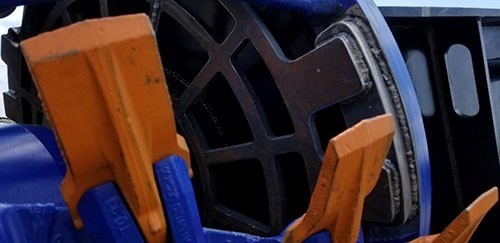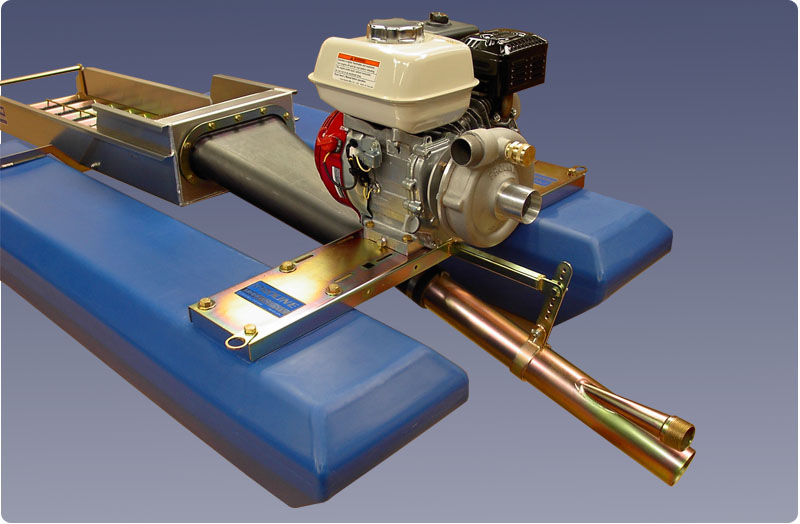


The upper sediment layer is removed to collect hard clam once hard objects are detected ( Peterson, 2002). Hard clams are located by poking the narrow end of the tool into sediment. Popok (fishermen village at bay pocket of Marudu Bay, Malaysia) in an interview survey, a traditional fishing gear locally known as tumbak was initially used to collect hard clams in Marudu bay in early 1960. In Sabah (Malaysia), hard clam fishery is an important industry that supports the livelihood of coastal community in Marudu Bay ( Tan et al., 2017). The hard clam, Meretrix meretrix (Linnaeus, 1757), is a commercially important species in coastal areas of South and Southeast Asia ( Liu et al., 2006). Key words: Hand dredging / fishing impacts / shell damages / ecological impact / Marudu Bay / Malaysia Therefore, organizing more awareness programs combined with introducing community-based fishery management are highly recommended to promote the sustainability of this artisanal fishery.

Moreover, most of the stakeholders are not aware of the negative impacts of hand dredging to the sustainability of the hard clam fishery in Marudu Bay. Popok, but most of them do not comply with the minimum harvesting size established by the fishery department. Hard clam harvesting is the main occupation of most fishermen in Kg. However, hand dredging gear causes lethal shell damages to small hard clams (<3cm in shell length). Results revealed that the efficiency (fishing yield) of hand dredging gear was three times higher than hand collecting. A questionnaire survey was conducted with local bivalve harvesters to gather information on the fishing pressure in Marudu Bay. The shell length and total weight, damage areas and breakage patterns of each clam were recorded. Samplings were conducted in triplicates at two sites using both hand dredging and hand collecting (control) sampling methods. The current study was performed to evaluate the shell damages caused by this artisanal dredging gear. The hard clam ( Meretrix meretrix) is a popular edible shellfish in South and Southeast Asia, being heavily exploited by hand dredging in Marudu Bay, Malaysia. * Corresponding author: Editor: Pauline Kamermans Key Laboratory of Marine Biotechnology of Guangdong Province, Shantou University, Shantou, 515063, PR Chinaīorneo Marine Research Institute, Universiti Malaysia Sabah, Kota Kinabalu, Malaysia


 0 kommentar(er)
0 kommentar(er)
